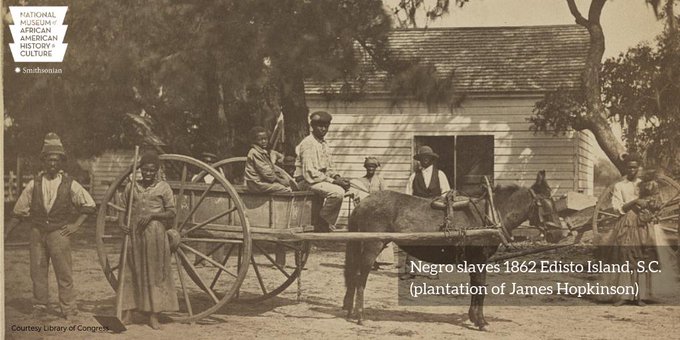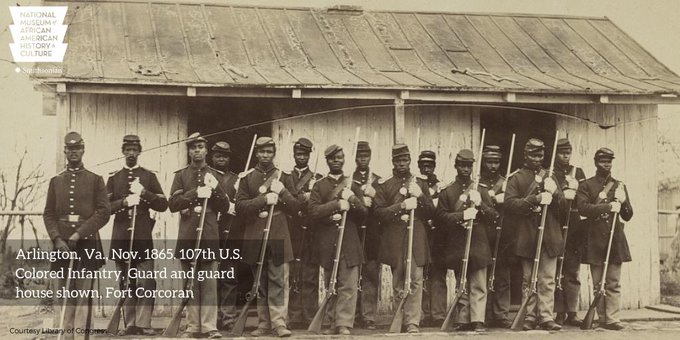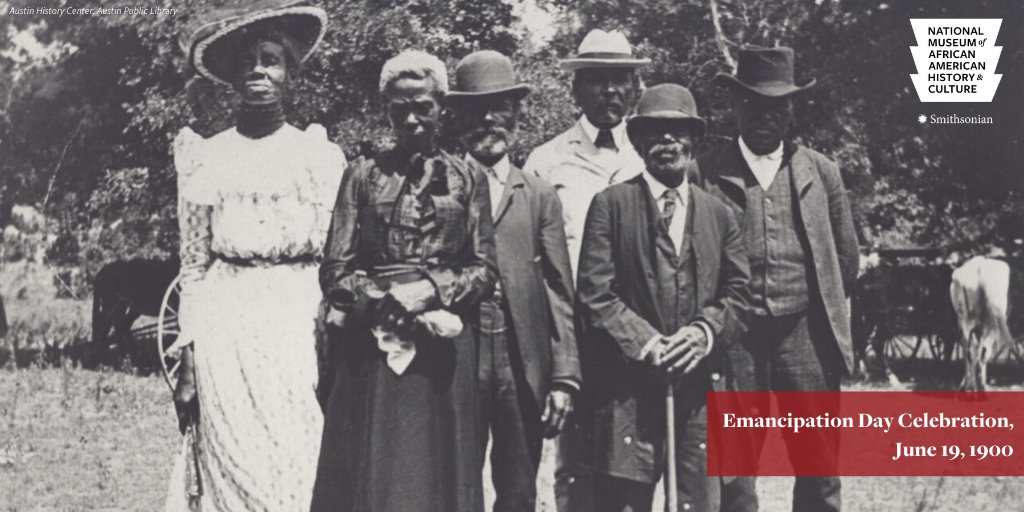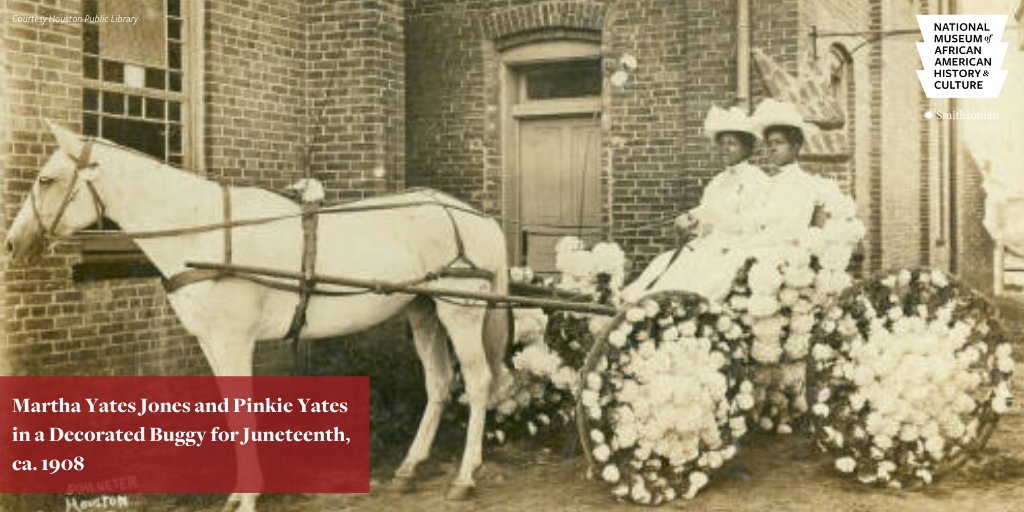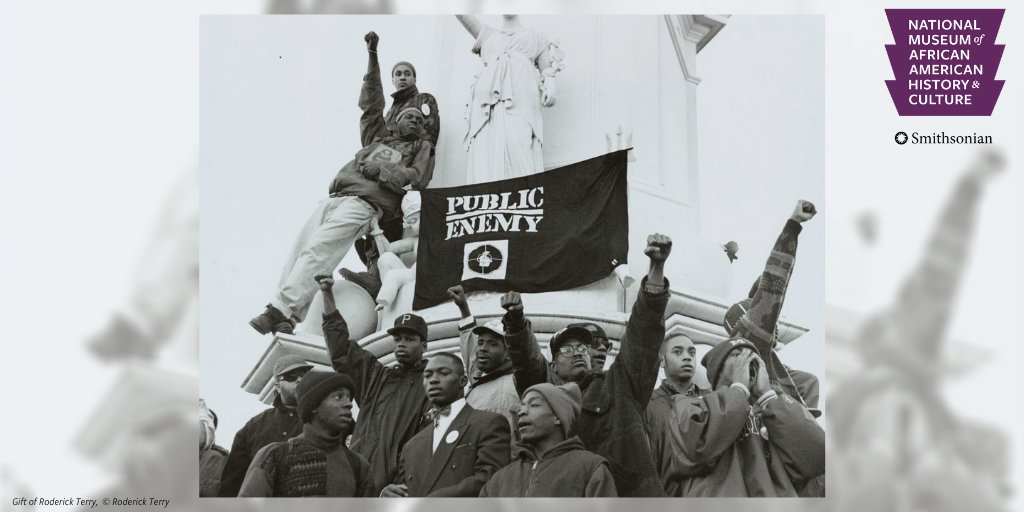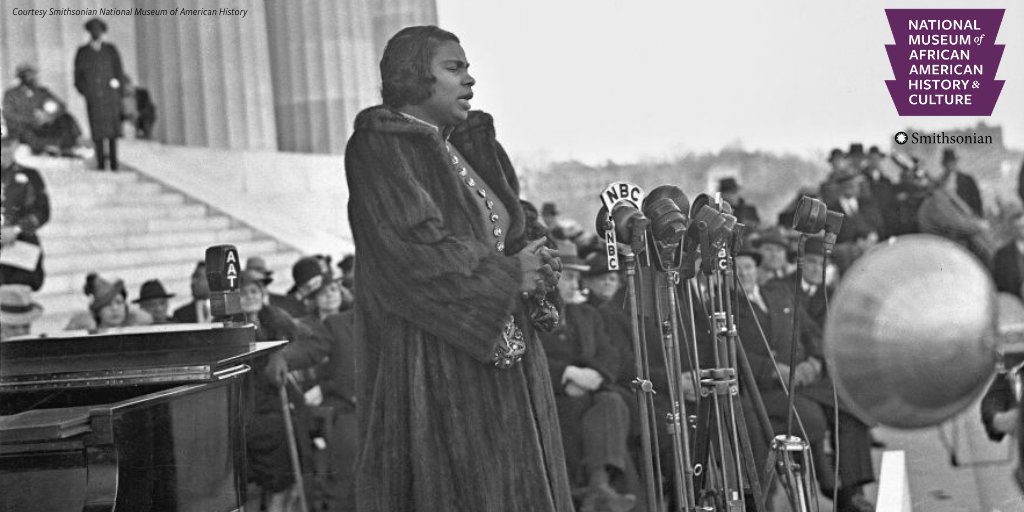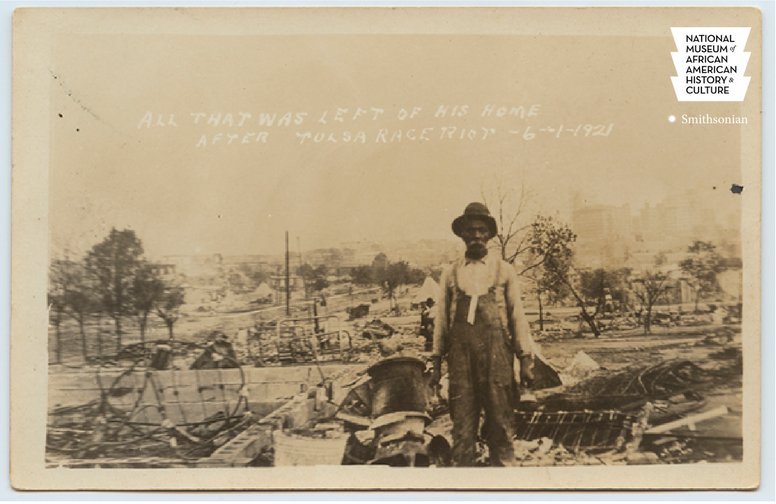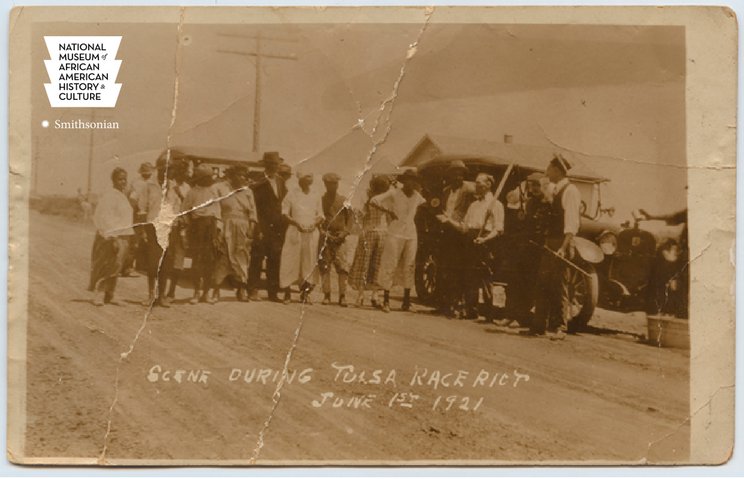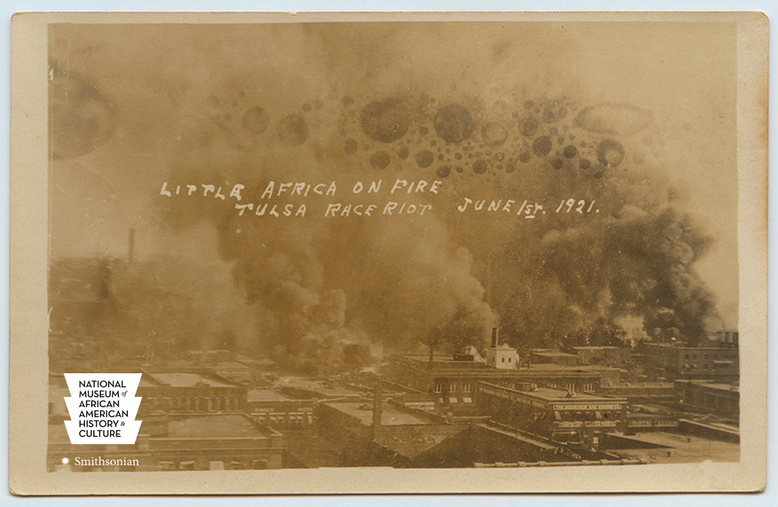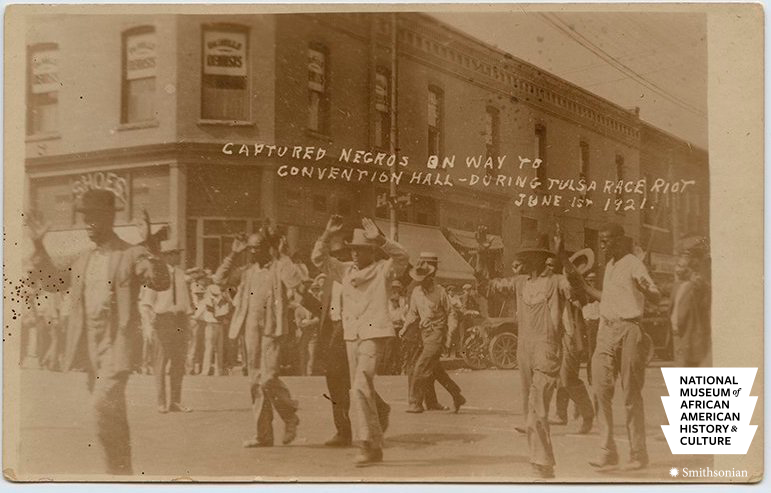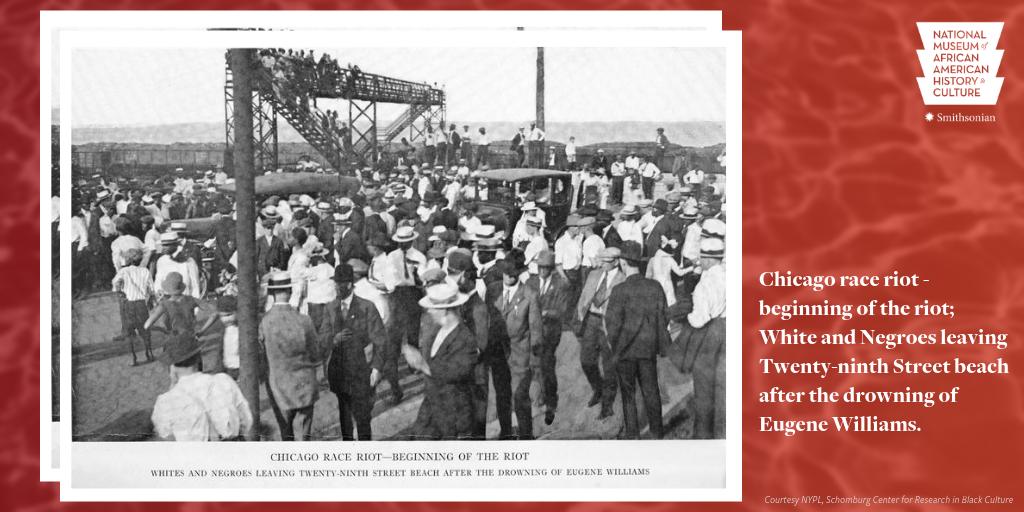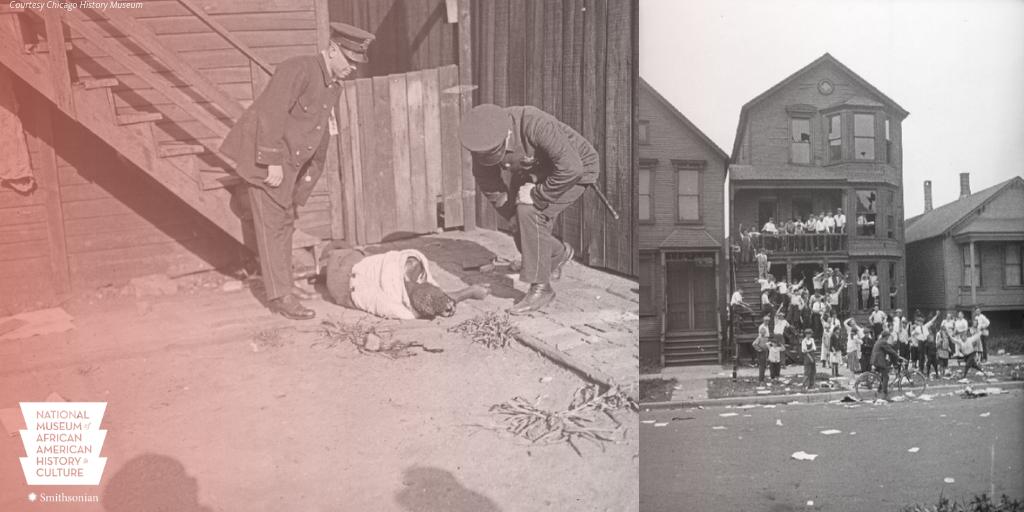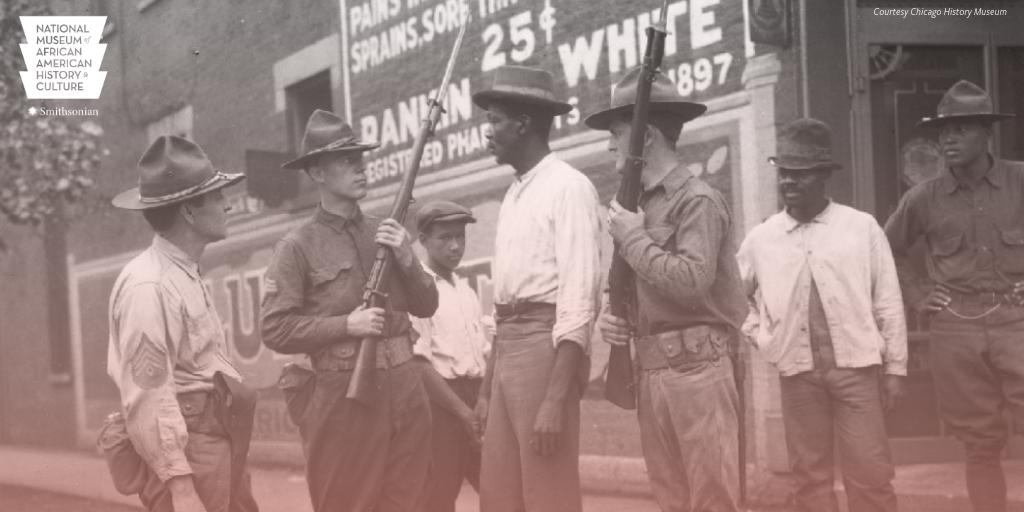
Ma Rainey, known as the "Mother of the Blues,” is one of the earliest known American professional blues singers. She was born Gertrude Pridgett in Columbus, Georgia, on April 26, 1886.
nmaahc.si.edu/LGBTQ/ma-rainey #MaRaineyFilm #APeoplesGroove
nmaahc.si.edu/LGBTQ/ma-rainey #MaRaineyFilm #APeoplesGroove
At the age of 18, she married William Rainey and the two toured as performers with multiple minstrel and vaudeville shows, including the Rabbit Foot Minstrels. They later separated and Ma Rainey relocated to Chicago. #MaRaineyFilm #APeoplesGroove 

In the 1920’s Ma Rainey signed a recording contract with Paramount Records. Marketed as “the Mother of the Blues” Ma Rainey was heavily advertised in the Black press, particularly the Chicago Defender. #MaRaineyFilm #APeoplesGroove 

From 1923 to 1928, Ma Rainey recorded nearly 100 songs for Paramount Records, becoming their most recorded & one of their best-selling artists at the time. Her heavy Georgia accent and unique country blues style presented an original southern sound. #MaRaineyFilm #APeoplesGroove 

Ma Rainey’s contract with Paramount Records was canceled in 1928, as the industry shifted to recording male country blues singers. The Great Depression had a heavy impact on the live Black music circuit and in 1935 Ma Rainey retired. #MaRaineyFilm #APeoplesGroove 

She went on to own and manage the Lyric and the Airdrome theatres.
In 1939, Ma Rainey passed away at the age of 53. Her occupation at the time of her passing was listed as housekeeping and her death was left out of the press. #MaRaineyFilm #APeoplesGroove
In 1939, Ma Rainey passed away at the age of 53. Her occupation at the time of her passing was listed as housekeeping and her death was left out of the press. #MaRaineyFilm #APeoplesGroove

Ma Rainey was a vocalist, songwriter, comedienne, producer, and theatre manager. She was a pioneer who collaborated with some of the most notable musicians of her time. Her contributions continue to influence contemporary music today. #MaRaineyFilm #APeoplesGroove 

• • •
Missing some Tweet in this thread? You can try to
force a refresh

